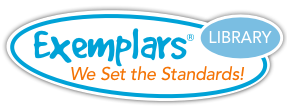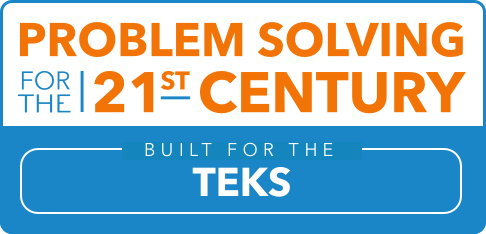Kindergarten
The Addition and Subtraction Unit involves understanding the processes of addition and subtraction in order to solve problems and answer questions such as:
- If we put the beans in this jar with the beans in this bowl, how many beans will there be?
- If we start with this many beans and give three beans away, how many beans will there be?
Standards covered:
K.3A, K.3B, K.3C
Grade 1
The Equivalence Unit involves understanding the meaning of the equal sign in order to answer questions such as:
- If I have 5 red counters and 4 yellow counters on one side of the equal sign, how many yellow counters must I put with two red counters to equal the number of counters on the other side of the equal sign?
- If I have 7 on this side of the equal sign, what numbers cans I put on the other side of the equal sign to make a true statement?
Standards covered:
1.5E
Grade 2
The Addition and Subtraction Unit involves understanding the processes of addition and subtraction in order to solve problems and answer questions such as:
- If we know all of the parts, how can we find the whole?
- If we know the whole and one of the parts, how can we find the missing part?
- How can you use place value to explain the strategies you used to solve this addition (subtraction) problem?
- Given an equation, can you create an addition or subtraction situation to match it? How can you prove your situation matches the equation?
Standards covered:
2.4A, 2.4B, 2.4C, 2.4D
Grade 3
The Comparing Fractions Unit involves representing fractional parts of whole objects, lines, and sets in order to answer questions such as:
- Why must we use the same “whole” when comparing fractional parts?
- How can you prove that fractions are equivalent when using an area model such as pattern blocks or tangrams?
- How can you prove that fractions are equivalent when using a linear model such as a strip or number line?
- How can you prove that fractions are equivalent when using a set model such as 2-color counters?
Standards covered:
3.3F, 3.3G, 3.3H
Grade 4
The Adding and Subtracting Fractions Unit involves using a variety of methods to join or separate parts referring to the same whole. Methods may include replacing mixed numbers with equivalent fractions; using properties of operations and the relationship between addition and subtraction; and using visual models of fractions. Questions to answer may include:
- Why must we use the same “whole” when adding or subtracting fractional parts?
- How can a number line represent adding or subtracting fractions?
- How can benchmark fractions help to determine whether a sum or difference makes sense?
Standards covered:
4.3A, 4.3B, 4.3E, 4.3F
Grade 5
The Products and Quotients with Decimals Unit involves using patterns and place value to develop strategies to multiply and divide decimals. Questions to answer may include:
- How are the properties of place value (additive, multiplicative, base-ten & positional) useful in developing efficient procedures for multiplying and dividing decimals?
- How can mental math, rounding, and/or the use of compatible numbers help to determine whether a solution is reasonable?
- Given an equation involving finding products and/or quotients with decimals, how can you create a situation to match it?
Standards covered:
5.3D, 5.3E, 5.3F, 5.3G






